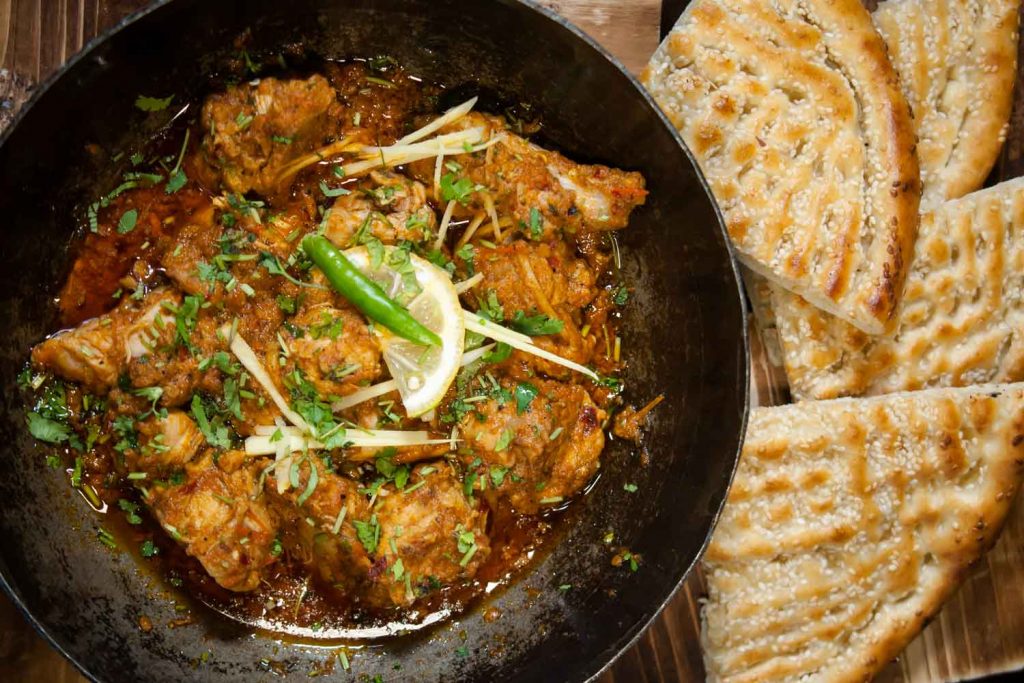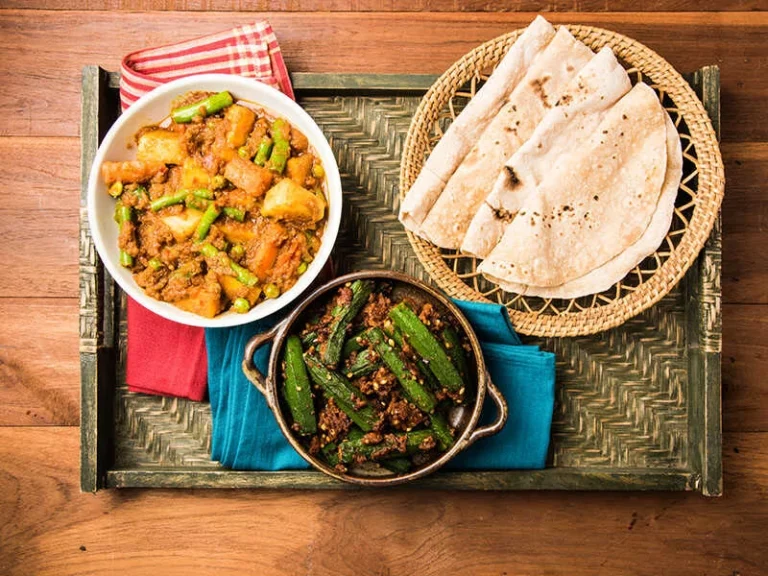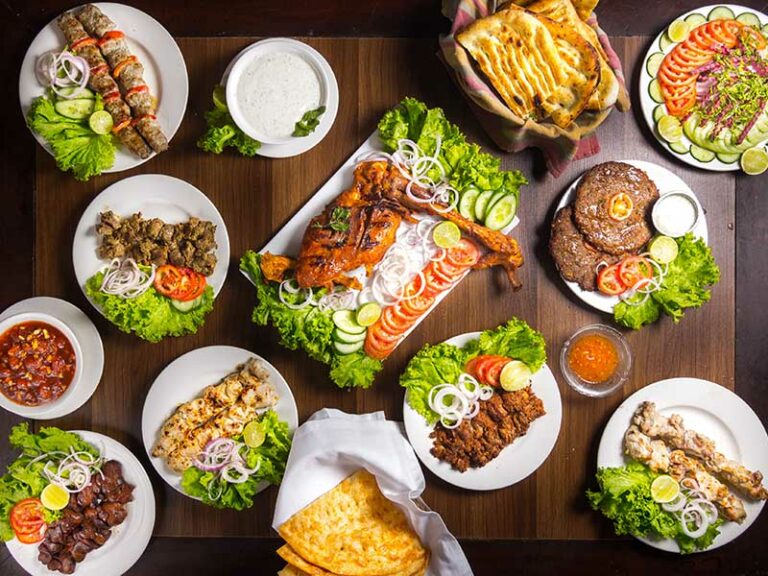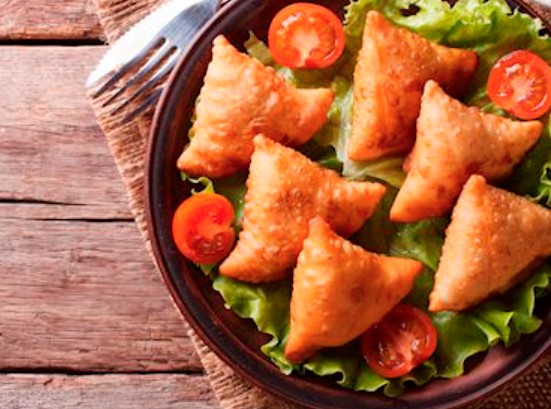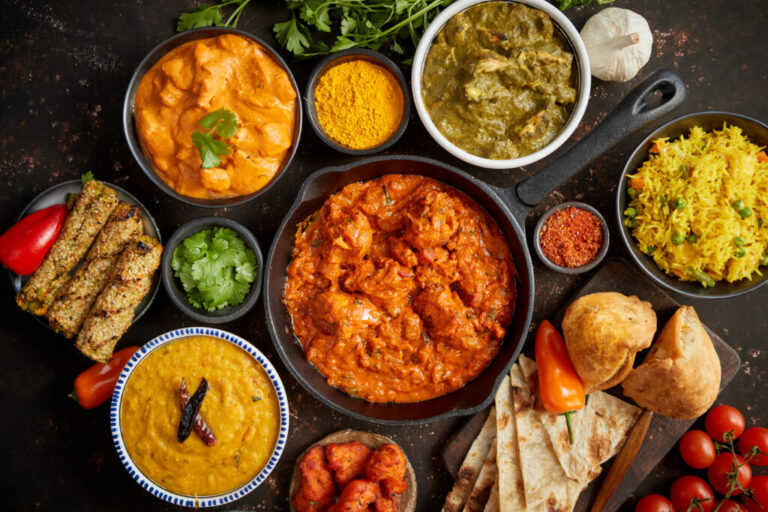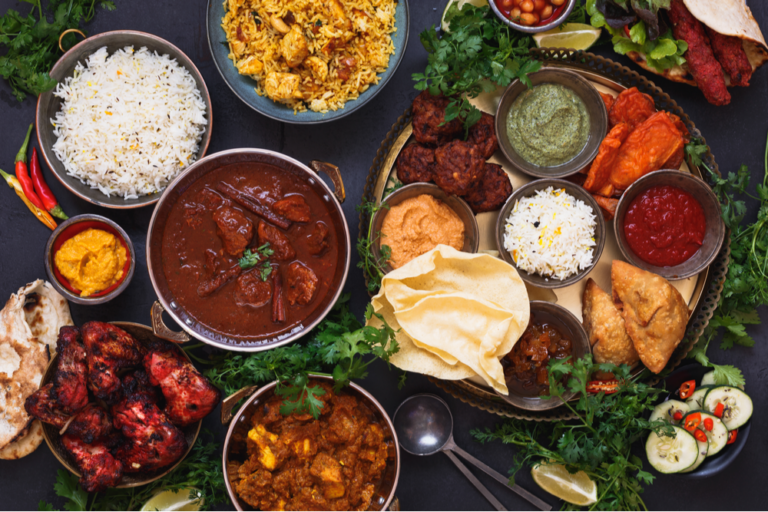Introduction: Understanding Pakistani Cuisine
Pakistani cuisine is a blend of various regional and cultural influences, making it one of the most diverse and flavorful cuisines in the world. The cuisine heavily relies on spices and herbs, which are added to create a distinctive taste and aroma. The traditional cooking techniques, such as tandoori and biryani, have been passed down for generations, ensuring that the traditional flavors and recipes are preserved.
Regional Differences in Pakistani Cuisine
Pakistan is a country with diverse cultures and ethnicities, and each region has its unique cuisine. The northern regions of Pakistan, such as Gilgit-Baltistan and Kashmir, have a rich culinary tradition heavily influenced by Central Asian and South Asian flavors. The southern regions of Pakistan, such as Sindh and Balochistan, have a cuisine that is heavily influenced by Arabian and Iranian flavors.
North vs South: Contrasting Tastes & Flavors
The northern regions of Pakistan are known for their rich and spicy cuisine, often featuring meat dishes such as lamb, goat, and beef. The meat is typically cooked over an open flame, giving it a distinct smoky flavor. The southern regions of Pakistan, on the other hand, have a cuisine that is more vegetarian-friendly, with dishes such as daal and chawal being staples.
East vs West: Culinary Traditions & Influences
The eastern regions of Pakistan, such as Punjab and Khyber Pakhtunkhwa, have a cuisine heavily influenced by Mughal cuisine, featuring dishes such as biryani, kebabs, and pakoras. The western regions of Pakistan, such as Balochistan and Khyber Pakhtunkhwa, have a cuisine that is heavily influenced by Afghan and Iranian flavors, featuring dishes such as lamb and chicken sajji, and shorwa.
Specialty Dishes from Different Regions of Pakistan
Each region of Pakistan has its own unique specialty dishes. In the northern regions, dishes such as chappal kebab, palao, and shahi tukray are popular. In the southern regions, dishes such as biryani, sajji, and karahi are popular. In the eastern regions, dishes such as murgh musallam, nihari, and halwa poori are popular. In the western regions, dishes such as shorwa, lamb sajji, and chapli kebab are popular.
Conclusion: Celebrating the Diversity of Pakistani Cuisine
Pakistani cuisine is a testament to the country’s rich culture and history. The diversity of the cuisine showcases the various influences that have shaped the country’s culinary landscape over the years. Whether you are in the northern, southern, eastern, or western regions of Pakistan, you will find a unique and flavorful cuisine that is sure to leave a lasting impression. Pakistani cuisine is a true celebration of the country’s regional diversity and is a must-try for anyone visiting the country.

